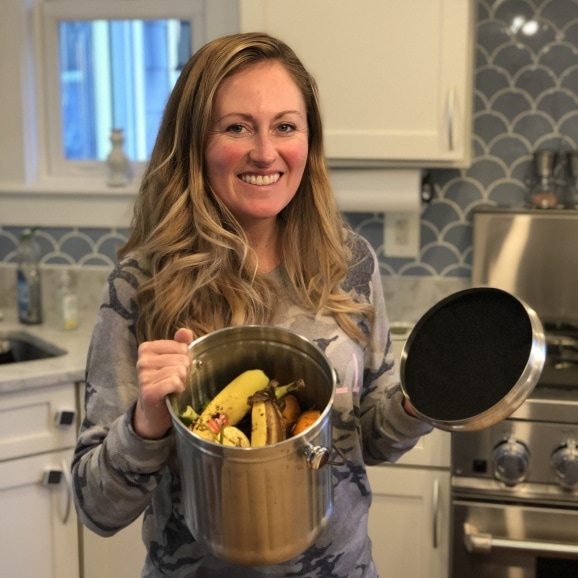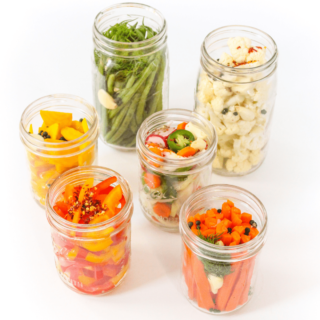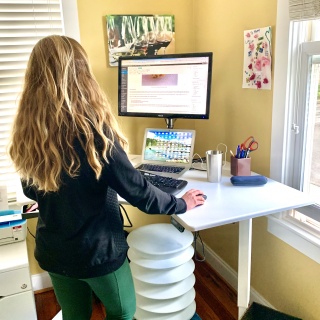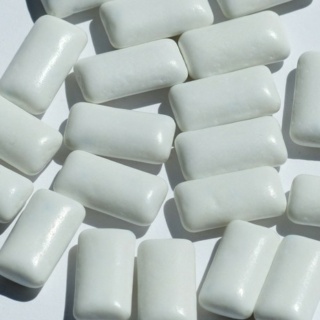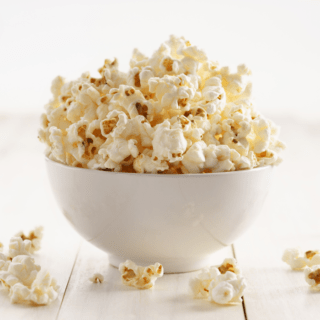I’m excited to share that I finally crossed something off our household to-do list that has been on there for WAY too long: we have officially started composting at home!
I wanted to share a blog post about it so you guys can start composting at home, too, without spending hours researching everything online. So here’s a how to start composting at home guide for your reading/actionable pleasure!
I hope some of you will join me in this mission to do what we can personally to help protect our environment.
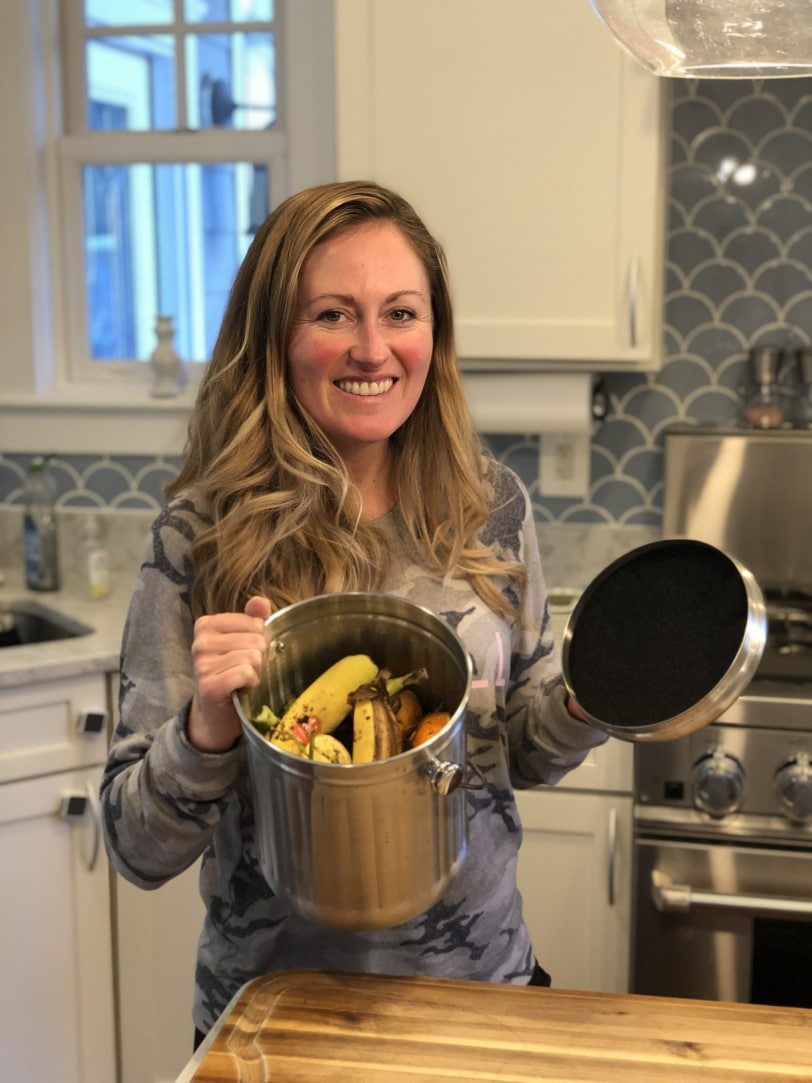
Want to save this post?
Enter your email below and get it sent straight to your inbox. Plus, I'll send you great content every week!
I was feeling really intimidated with getting our composting system up and running, so a couple months ago I texted my friend Sarah to see if she might be willing to help.
Sarah, a fellow dietitian and also co-owner of local Gathering Springs Farm, is a very passionate composting advocate and expert. It’s the farm off-season right now, so it was good timing for her to come by and walk me through how to start composting at home.
A huge thank you to her for helping me out yesterday – as it turns out, starting your own composting system at home is really easy!
Please note product links in this post are affiliate links.
What is composting?
Composting is the process of saving organic (meaning, organic matter – not in the sense of organic vs. conventional farming) material such as vegetable/fruit scraps and leaves and recycling them into soil.
To do this at home, this simply means saving these food scraps (more details below on what you can and can’t compost) in a container, then either dumping them into a larger bin outside to decompose, or transporting them to a drop off location near you.
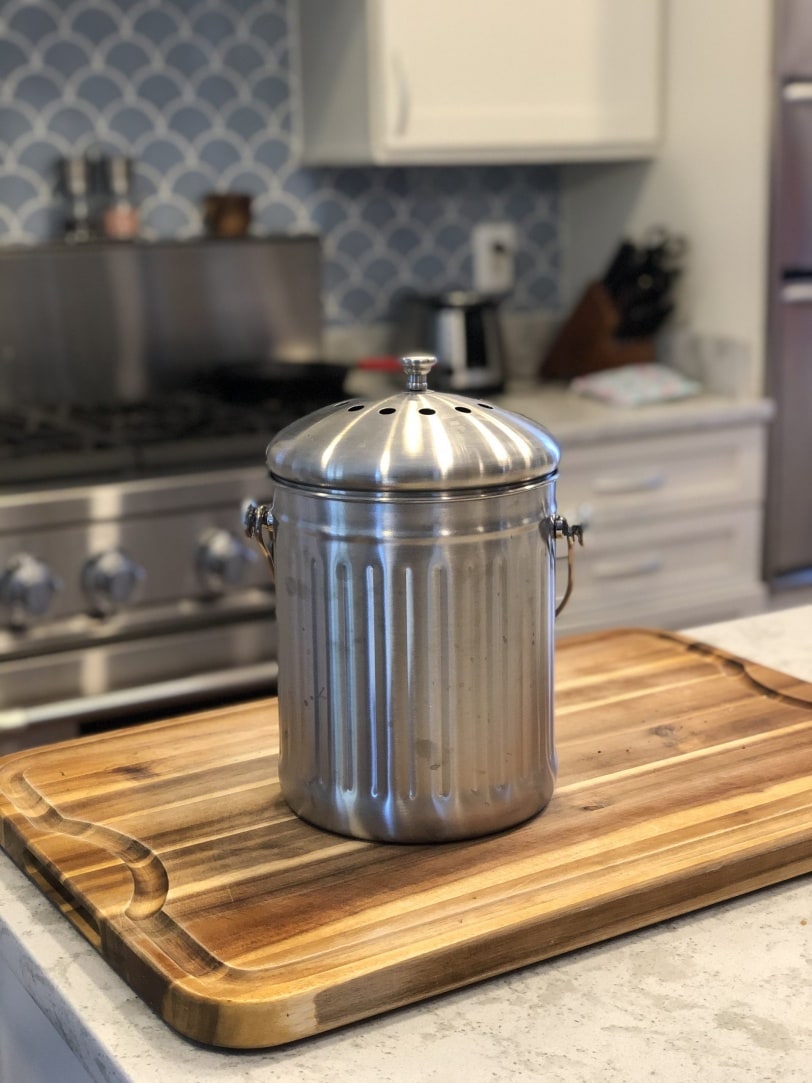
Why compost?
About 95 percent of food scraps in the U.S. are thrown away, ending up in landfills. (source)
Recycling this organic matter rather than throwing it away saves it from ending up in landfills, where it will take up space and release methane, a potent greenhouse gas. (Hi, global warming.)
According to the EPA, food scraps and yard waste together make up more than 28% of what we throw away – but it can be composted instead!
If you care about the environment and want to do something personally to help with climate change, composting is a great way to do your part, and it’s very easy and does not require much effort, I promise.
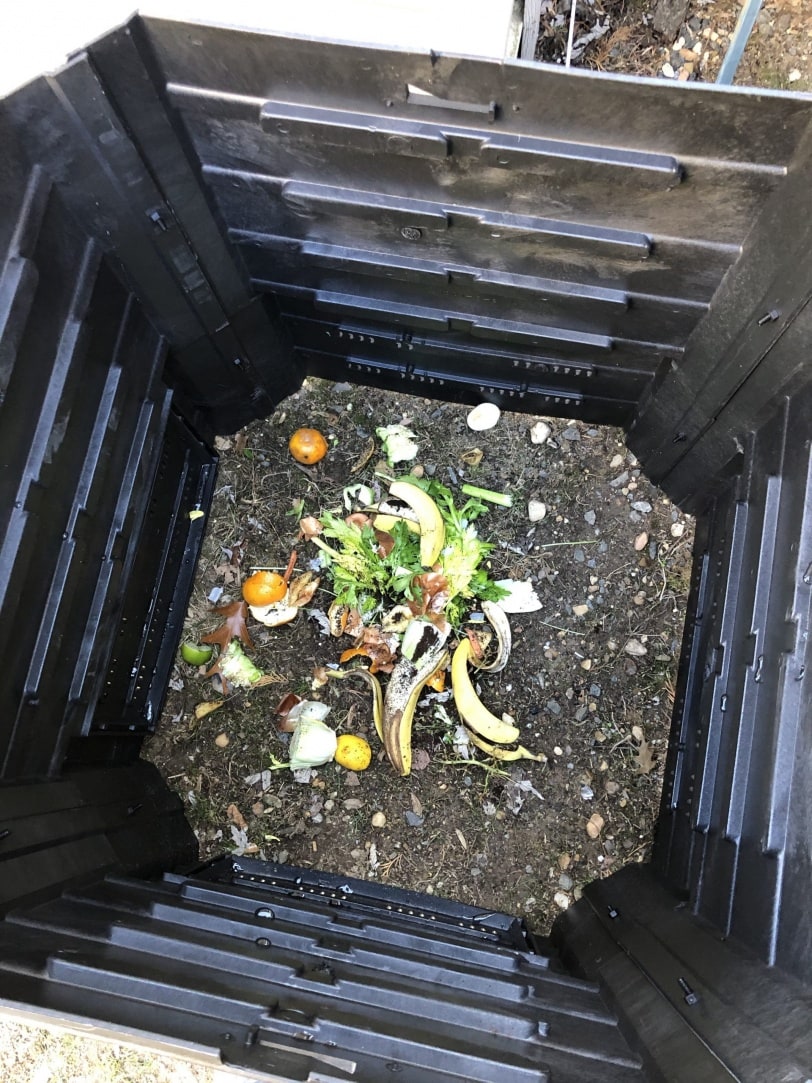
How do I start composting at home?
It’s easy!
First step: buy a small bin (<- the one I got, only $26) to store the compostable-items in indoors before you transport them out to your large outdoor bin.
I like the bin I got because the lid has a replaceable charcoal filter (here is a link to buy more for later – you’ll want to replace them when they start to get stinky, every few months) to help with any smell. I haven’t noticed any smell at all thanks to the filters!
The bucket itself will get pretty gross, but if you simply rinse/wash it out after dumping out your compost in your larger bin (more on that in a minute) then that’s all you need to do to keep your kitchen from getting smelly. The charcoal filter will do the rest!
I don’t recommend using any sort of bin liner bag (they have ones that are allegedly compostable, but they don’t break down super well – we tried them), and it’s easy enough to just rinse/wash the bin after you dump it!
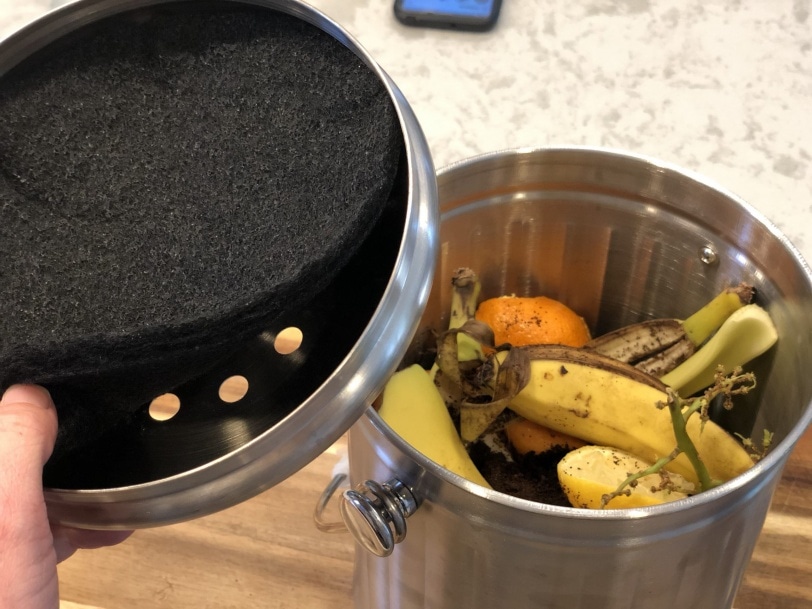
Second step, if you have a backyard (if not, see the next question!): buy an outdoor bin (<- this is very similar to the basic one I have, which is no longer available unfortunately) to dump the scraps in every couple days when your indoor bin gets full.
The key with an outdoor bin is to make sure the lid is very secure and there are no open areas, so wild animals getting into it are not be a concern. I like that the bottom of mine has an area you can lift up to get out the soil once you get your compost really going!
Another bin recommended by my friend Sarah is this bin – it’s different from mine in that it’s smaller, and up on a stand – you can turn the entire thing to stir your contents without manually stirring it with a shovel. So, another good option!
Can I compost without a backyard?
Yes! Many areas offer composting pick up services, or have drop off locations available (like at farmer’s markets).
If you don’t have access to an outdoor space to place a larger compost bin, check out this list to find composting options near you. Or just Google “compost service in…” your city!
What exactly can I compost?
More than you think!
Here are the basics of what to compost: vegetable waste, fruit scraps, coffee grounds, egg shells, tea bags (remove the staple!), shredded paper (not glossy), paper towels (so long as they don’t have any chemicals/oils on them), leaves, branches, and twigs.
Matt and I started filling our compost bucket just one day before Sarah and I planned to get together to officially kick things off, and the bucket was already about half full in just one day. It’s amazing how quickly all the odds and ends add up!
I’m really happy all this waste of ours will no longer end up in a landfill.
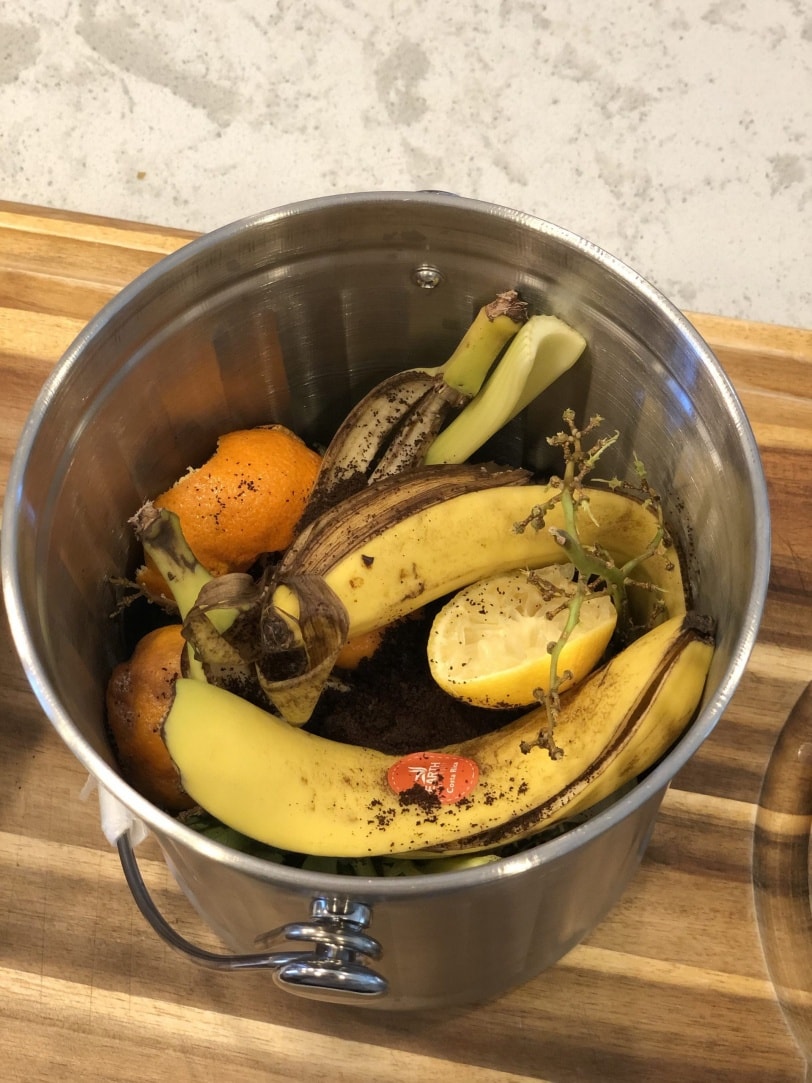
What should not be composted?
You want to avoid adding any meat, dairy, and fat to your compost.
So, nothing with lots of oil/butter/etc. – usually fully cooked dinner leftovers are not great for composting unless they are super plain (like plain rice), but the leftover scraps and raw materials that went into the cooking – those leftover kale stems, or the ends of the veggies you cut off, etc. – are!
Should I bother composting if I don’t cook much?
Yes!
If you eat any fruits/veggies at home, drink coffee or tea, eat eggs, or rake leaves in your yard, you likely have waste that you can add into your compost bin.
Even a little bit makes a difference!
Does the compost bin require any upkeep?
A bit, but not much!
Sarah said it’s helpful to add a little water in there every few weeks, and that you should also stir everything a couple times a month with a large shovel of some sort.
In the winter, it’s not as necessary to stir the compost since everything will be frozen/not breaking down anyway, but once it’s hot out you definitely want to stir it every couple weeks. If you want a bin that you can turn so it basically stirs itself, Sarah recommended this bin (affiliate link).
Be sure to add in some yard waste – leaves, etc. – to your compost pile in addition to food scraps. There’s more information on the EPA website regarding how to manage your compost bin properly in terms of what balance of yard waste vs. food waste to include.
A properly managed compost bin should not smell bad, and should not attract pests or rodents.
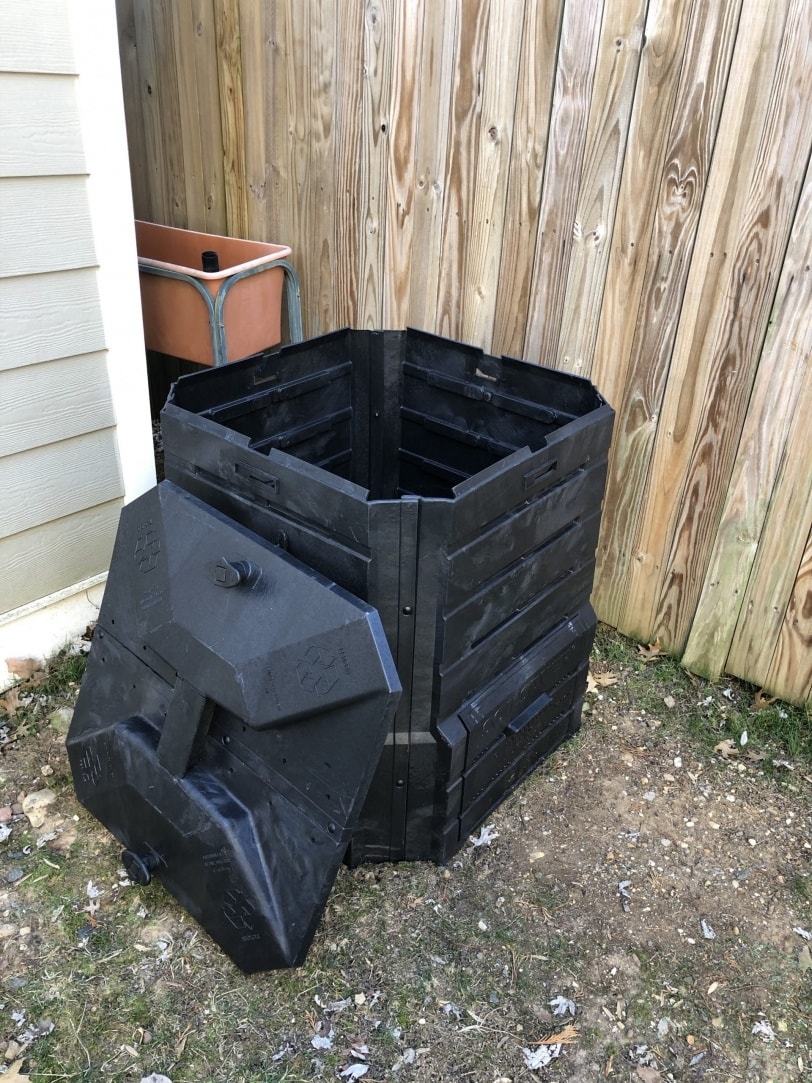
And that’s all I have for you today!
Clearly I’m hardly an expert on composting, so feel free to share tips/corrections in the comments section! But I figure this will hopefully serve as a helpful very basic how to start composting at home guide for those of you who are interested but intimidated and not sure where to start.
Another huge thank you to my friend Sarah for her help getting me going! If you want more information on composting, check out her blog post: Food Waste Isn’t Trash. It includes some links to DC area composting resources (great for those of you locals without backyards), and also includes a link to a free downloadable PDF composting guide via her farm’s email list.
If you prefer listening vs. reading about composting, here’s a composting 101 podcast episode that Sarah recommended.
And now, I’d love to hear from you guys:
Are you already composting? When did you start?
And if not, did this blog post encourage you to consider starting? I hope so!


